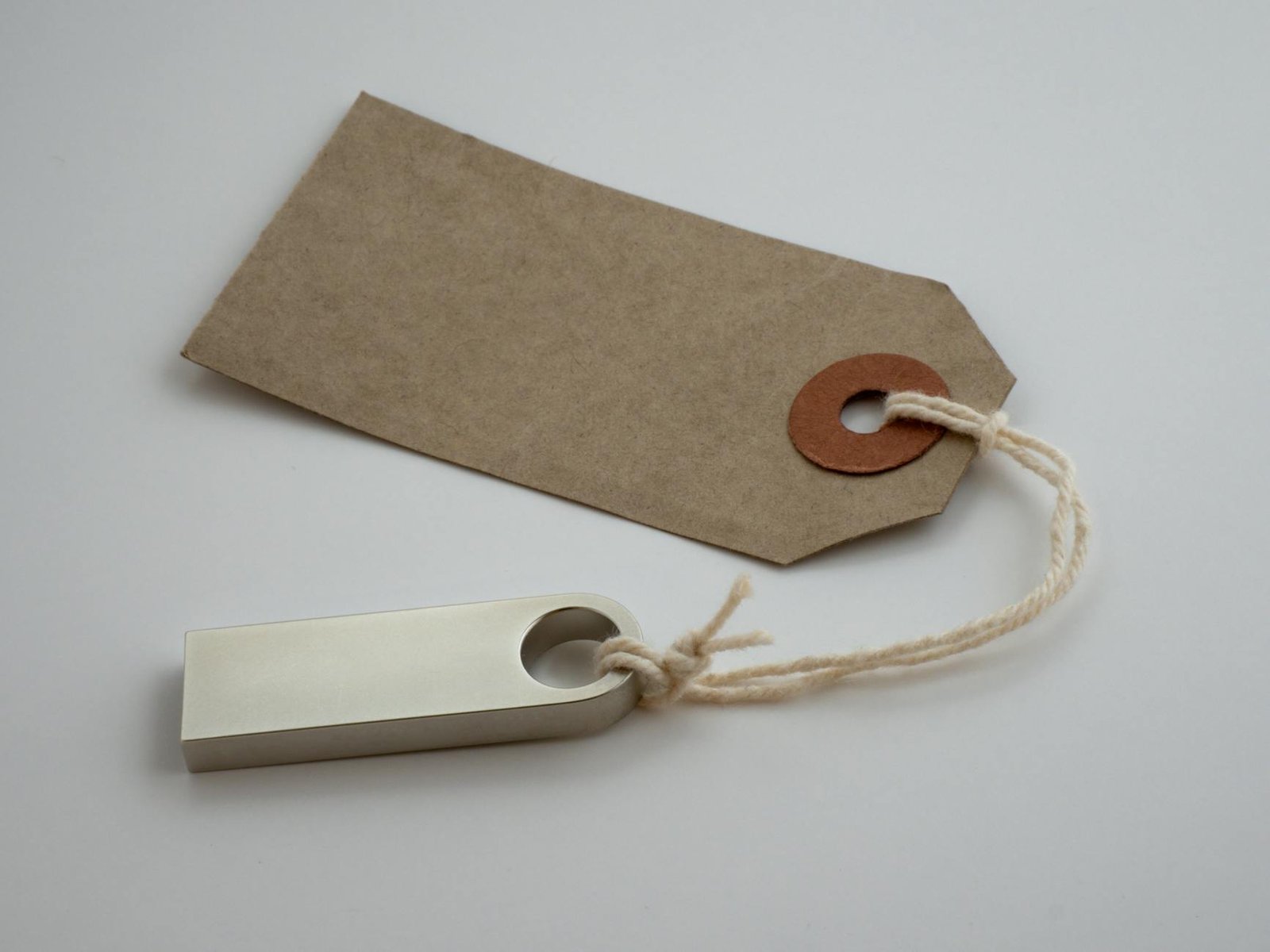The Hidden Costs of Your Wardrobe: What Fast Fashion Doesn’t Tell You
Have you ever wondered what happens before your favorite budget-friendly trend hits the shelves? Well, the truth behind fast fashion is not as pretty as the clothes themselves. It’s time we pull back the curtain on the real cost of these trends—not just in dollars, but in impact on our planet and people. Here are some eye-opening facts that might just make you rethink your favorite brands.
The Plastic You Wear
Here’s something you might not have realized: every time you wash a piece of synthetic clothing, tiny plastic fibers—microplastics—escape into the water. These fibers are so small they slip right through water treatment plants and end up in our oceans. Estimates suggest that synthetic textiles contribute to 35% of the microplastics that pollute the world’s oceans. Fish eat these microplastics, and we eat the fish, so these plastics can end up back on your plate. The next time you opt for a synthetic fabric, remember it might just be contributing to a cycle that affects marine life and ultimately, us too.
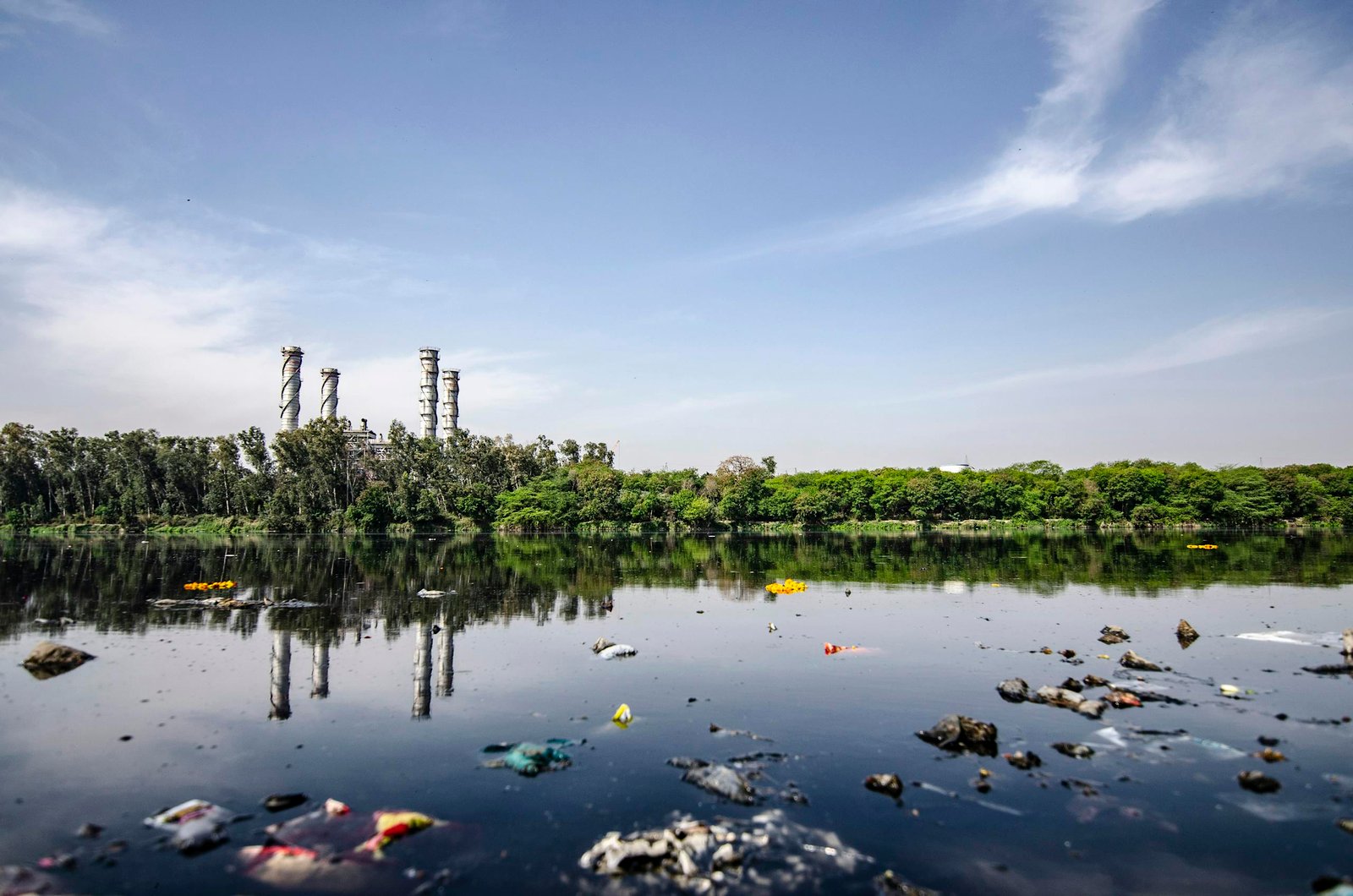
A Mountain of Waste: Where Do Old Trends Go to Die?
Consider this: One garbage truck of clothes is burned or dumped in a landfill every second. I know, it’s hard to picture, but it’s true. Fast fashion thrives on a “buy more, use less” model, where the lifespan of each garment is as short as a social media trend. Not only does this create an insane amount of waste, but many of these materials are non-biodegradable, crashing our environment like uninvited guests at a party.
Dangerous Colors
Here’s a chilling fact: The chemicals used to dye and treat fast fashion garments are so toxic that they’re turning rivers into unnatural neon signs. In China, there is a saying that you can tell the “it” color of the season by looking at the color of the rivers. This is due to the high volume of untreated wastewater from textile dyeing factories being discharged directly into rivers. The film RiverBlue captures this vividly, showing rivers turning different colors as a result of the chemicals used in dyeing processes (EcoWatch) (Planet Custodian). In fact, The fashion industry is responsible for up to 20% of industrial water pollution globally. These chemicals pose serious health risks to those who live and work nearby, often in some of the poorest regions of the world.
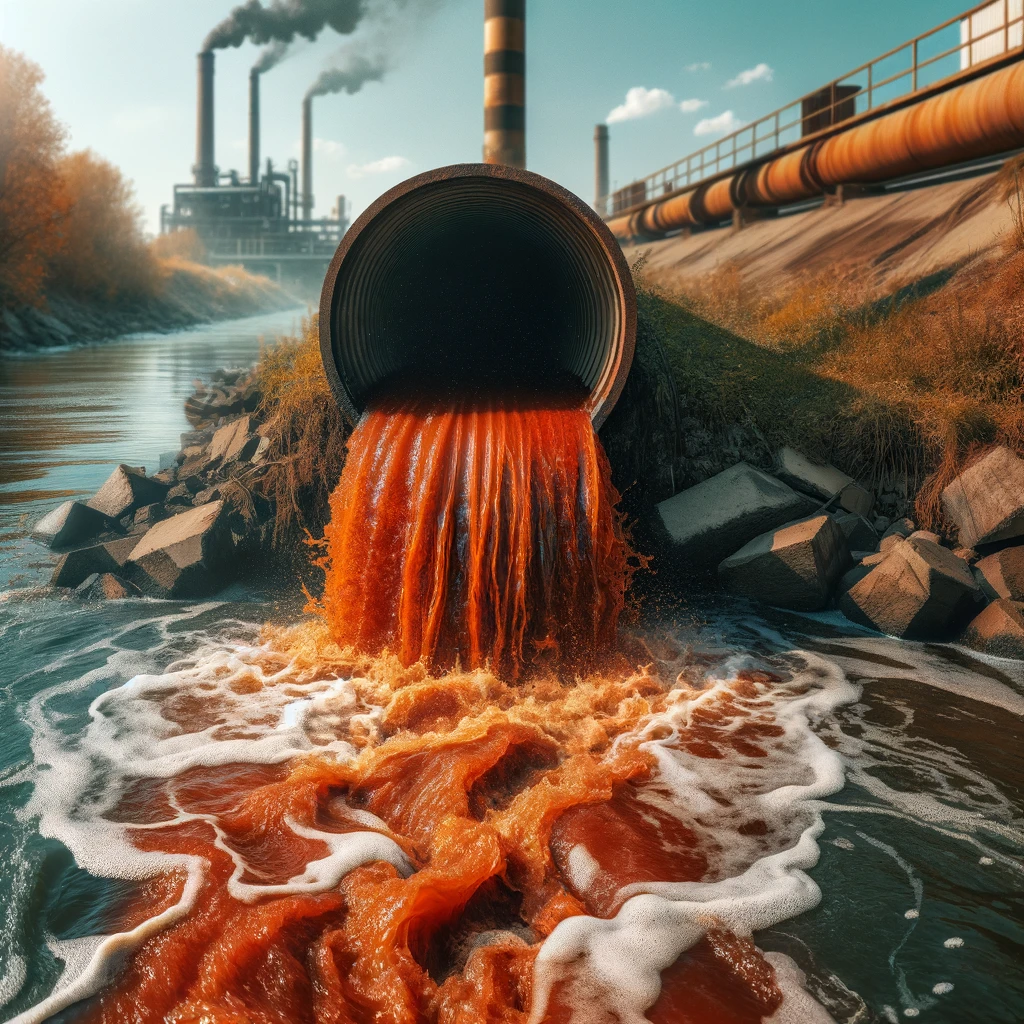
Beyond the Price Tag: The Human Cost
Fast fashion isn’t just tough on the planet—it’s harsh on its workers too. Garment workers, mainly women, work in dire conditions for wages that can’t cover basic needs. These practices aren’t just far away issues; they’re a stark contrast to the values many of us stand for. It’s important to recognize why clothing produced under fair working conditions in places like America often comes with a higher price tag. This “sticker shock” is actually the true cost of ethically made clothing. When we pay more, we’re contributing to a system that values human rights and environmental integrity. By accepting these costs, we support a sustainable model that doesn’t cut corners on humanity or the planet.

So, What Can We Do?
Changing the way we dress starts with changing how we think about clothes. Invest in quality over quantity. Support local and ethical brands. Love your clothes longer, and give old pieces new life with a bit of creativity. Together, we can make fashion a force for good.
ready to make a change?
-
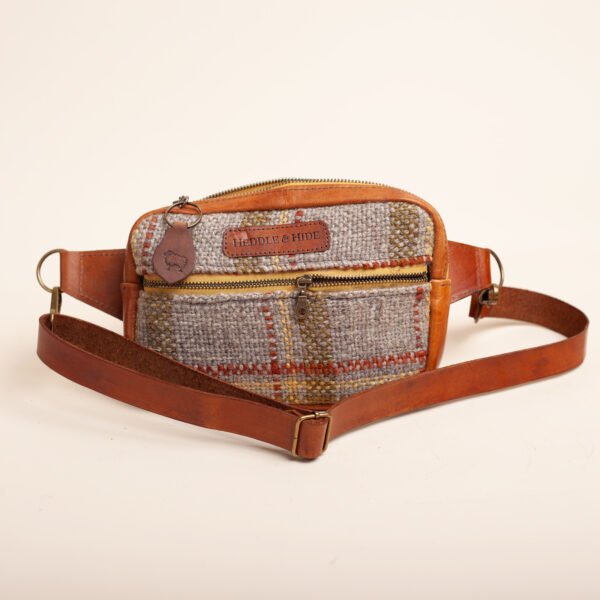 The Belt bag in Harvest plaid$270.00
The Belt bag in Harvest plaid$270.00 -
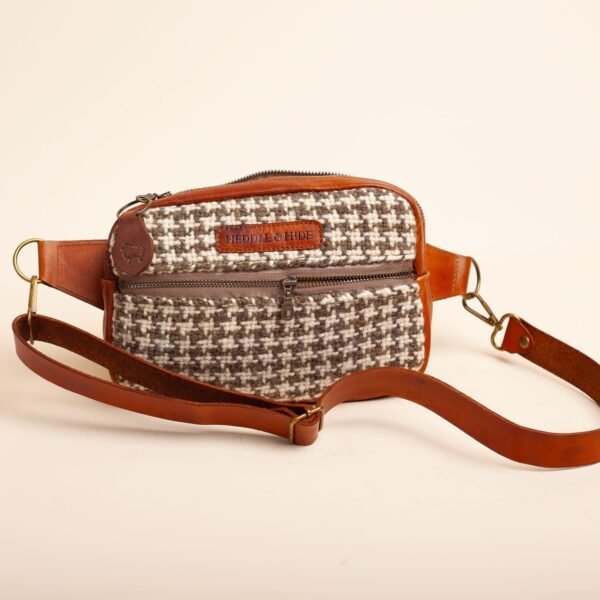 The Belt bag in Houndstooth$270.00
The Belt bag in Houndstooth$270.00 -
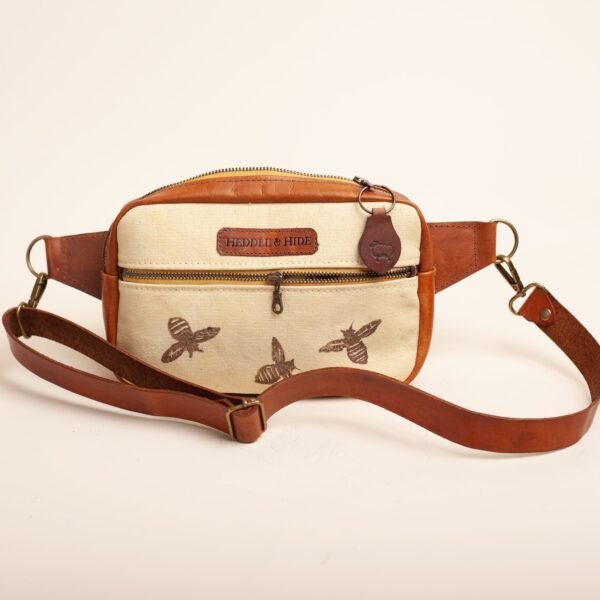 We Love Bees! Belt bag$220.00
We Love Bees! Belt bag$220.00

